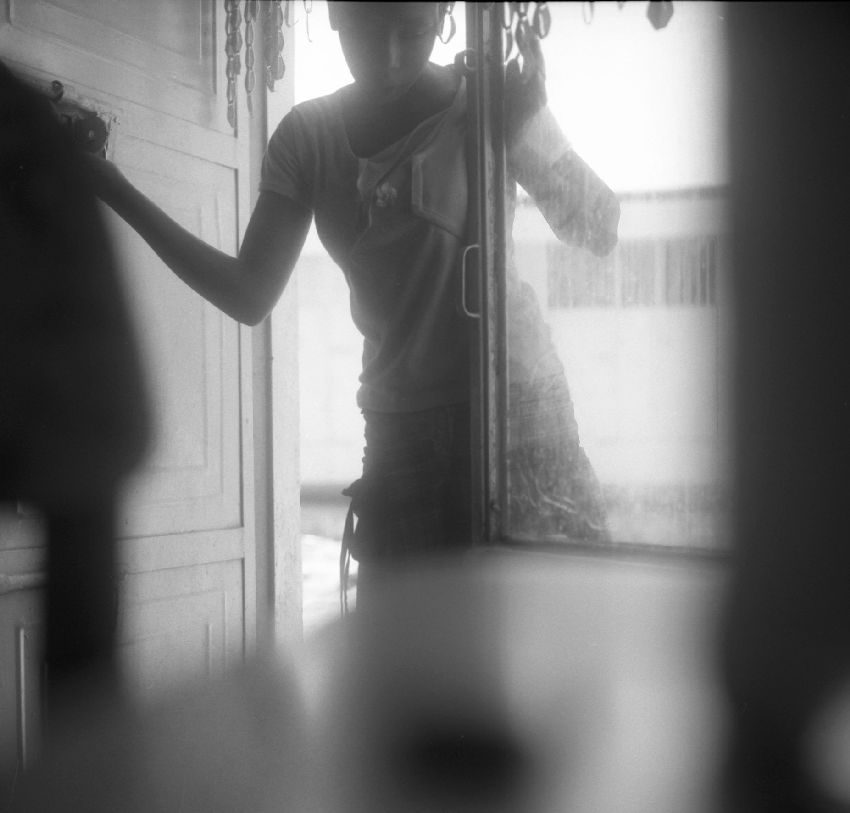05/10/24 - 26/01/25
dans la salle
Pol Pierart. De progrès ou de force
It is the photograph that creates the relationship by the very fact that the viewer, in order to grasp the work, is led to understand something. In doing so, even if they don’t realize it, they are doing the work ... That is the crux of the relationship. The playfulness and humour are ways of reinforcing the point. Pol Pierart
‘For thirty years he has been using photography to record, without ever denying himself, a little theatre that has been set up and taken down a hundred times over, like the trestles that the wandering entertainers used to carry with them from town to town. His whole world is here, held in these objects found in the depths of drawers, forgotten, ground, mutilated sometimes, embellished with the words he places beside them.
Simple and effective images that speak of his strength and fragility, his anger and illusions; powerful images that reflect his disappointment, tender images sometimes that reflect his hopes, small images with big ambitions, served so much better by a postcard format than by flattering enlargements; apt images in photographic aphorisms that are, more than those of a moralist, the sentences of a philosopher who, at the end of their concluding words, always manage to move us. Admirable Pierart, who takes on this world with such scant resources, as obstinate as the tide, as stubborn as the surf, tackling the precipices of a world – our world – where injustice, dishonesty, greed and misery reign, a world where the underworld no longer even thinks of hiding, offering itself up instead as an example. Like a shadow, Pierart sometimes stages himself in his pictures, not in an attempt to draw a self-portrait, using his face and his body on an equal footing with the objects, a sign among signs, displaying words and maxims that he places between the landscape and our gaze. His is a far-reaching task: to put his finger on the world’s wounds, to give an appearance to its wounds, and to make visible the absurdity of existence where an awareness of the inevitability of death should nevertheless be enough to reduce many ambitions and misdeeds.’
Xavier Canonne
Extract from the text by Xavier Canonne accompanying the exhibition Pol Pierart: Memento mori, held from 19 August to 28 September 2019 at the Salon d’Art Bruxelles
Born in 1955, Pol Pierart studied decorative painting and photography at the Académie royale des Beaux-Arts in Liège. Since 1979, he has exhibited his paintings and photographs in numerous museums and galleries. He lives and works in Liège.

